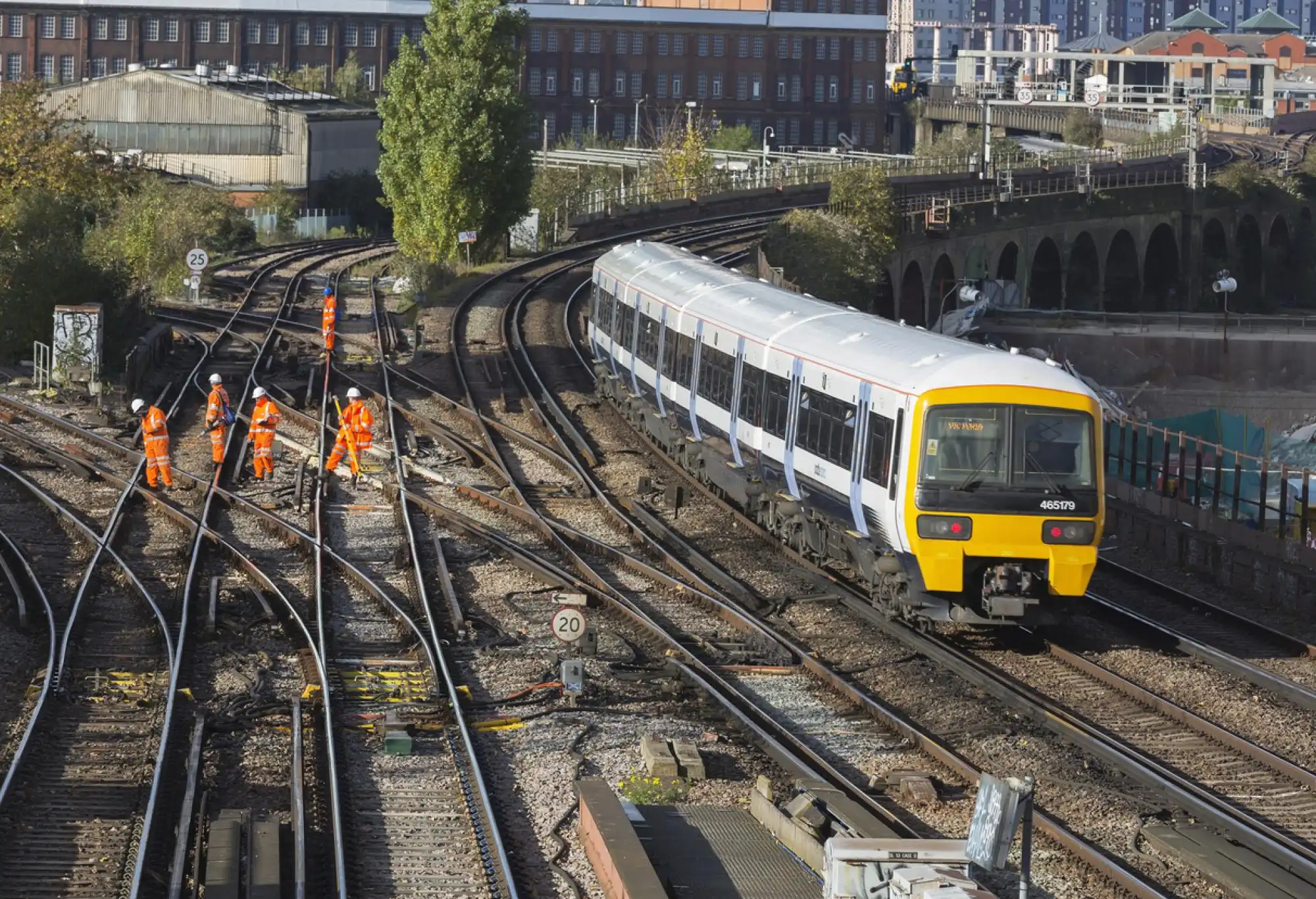Both the RSSB and Network Rail have independently released information about the risk to passengers posed by rail travel.
In order to identify safety risks and assess the effectiveness of safety management procedures on the Platform Train Interface (PTI), the Rail Safety and Standards Board (RSSB) has updated the Platform Train Interface Risk Assessment Tool (PTIRAT).
A key component in protecting millions of passengers and workers is the PTI, which connects platforms and trains and allows passengers to board and exit the train.
According to the safety board, the risk to passengers at the PTI represents 48% of the overall risk of passenger fatalities on the mainline railway network, or roughly 13 fatalities annually.
Numerous train operators, managers of the infrastructure, and industry authorities identified the necessity for an integrated risk management strategy due to the serious proximity risk that the PTI posed.
The RSSB announced PTIRAT six years ago, and it has since added newly improved features.
Tony Ellis, principal strategy implementation manager for RSSB, emphasised how they have made improvements to their tool over the past six years with regard to rail safety: “Our newly enhanced PTI Risk Assessment Tool will ensure the rail industry takes a consistent approach in identifying and quantifying risks at the platform train interface, which is one of the highest safety risk areas on the railway.
“The tools new features and functionality were developed following dedicated workshops and extensive feedback and input from RSSB’s members, to ensure it better meets their needs in managing operational safety risks, protects their passengers and employees while giving them peace of mind that they are using a methodology compliant with the associated Rail Industry Standard,” according to the RSSB.
A redesigned, user-friendly interface, the ability to assign tasks and keep track of recommendations, and a new set of customisable questions that enable more individualised evaluations are all included in the improved PITRAT.
Railway operators that want to assess their safety precautions across several stations and lines will find the application especially useful because users can now compare station strengths and weaknesses across multiple locations.
Level crossings are still another essential component of rail safety, and the RSSB’s 2023 annual health and safety report estimates that level crossings represent roughly 6% of the overall mainline system risk.
According to the safety board, there have been more pedestrian-level crossing near-misses since the outbreak.
A collection of CCTV films showing people taking unnecessary risks at pedestrian level crossings was made public by Network Rail as a safety warning.
Alexandra France, Network Rail’s level crossing safety manager, stressed the risk associated with crossings and how recent occurrences serve as a wake-up call: “In so many of the situations videotaped, the difference of just a few seconds might have resulted in disaster for all involved. I can’t minimize the risk they were in because a catastrophic injury or worse was very likely.
No matter how well you think you know a crossing, everyone who uses it is required to follow the regulations for doing so. Simply put, the risk is not worth it.
Due to risky behaviour on UK trains, a second safety alert has been issued in the past two weeks. The first alert was issued by British Transport Police after two teenagers were seriously hurt on rail tracks.
